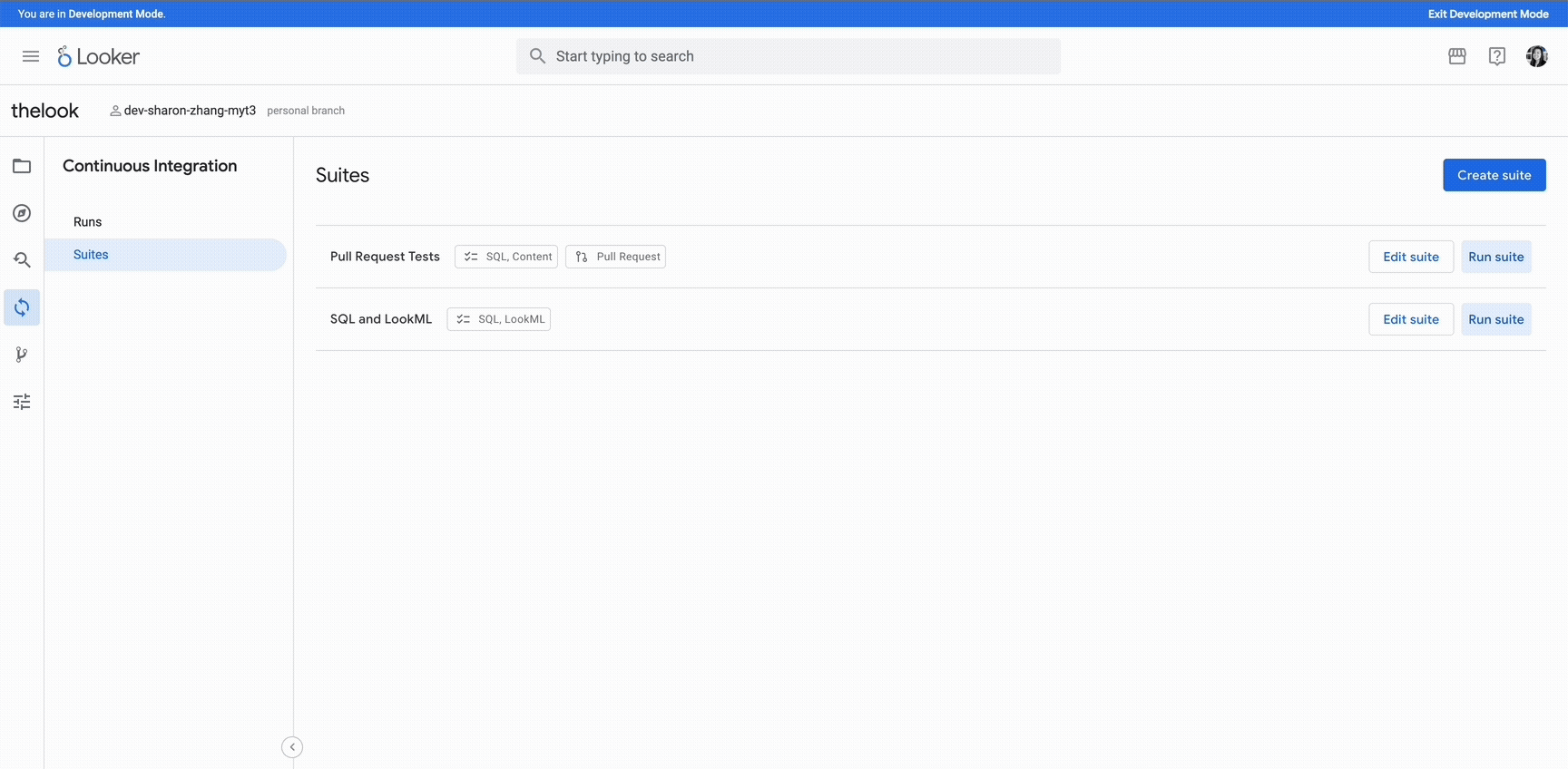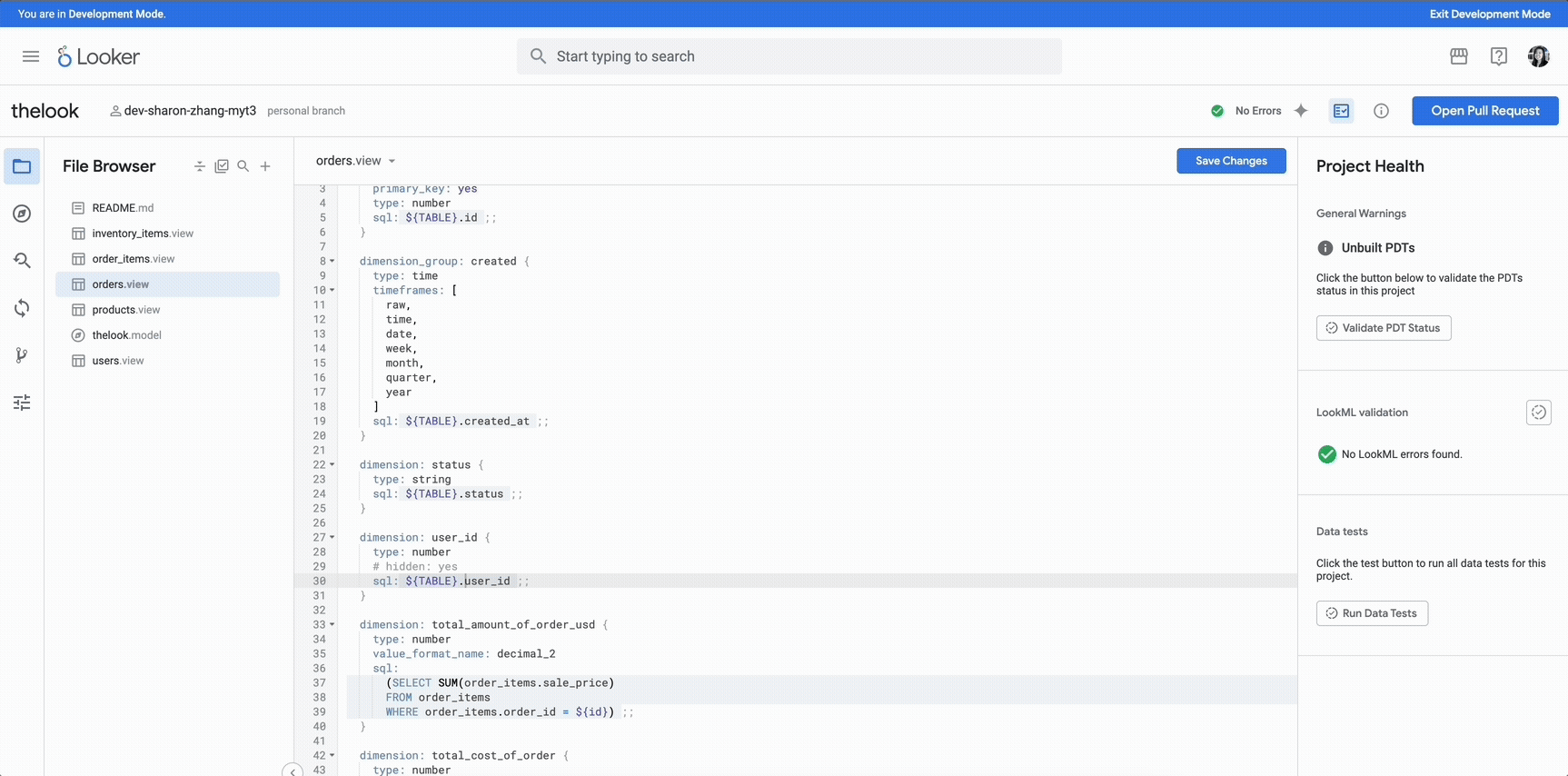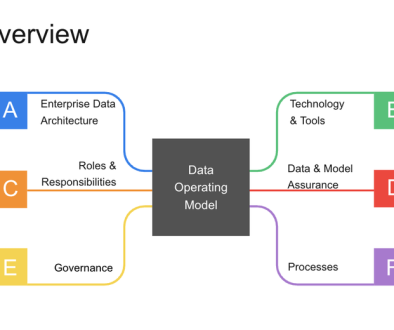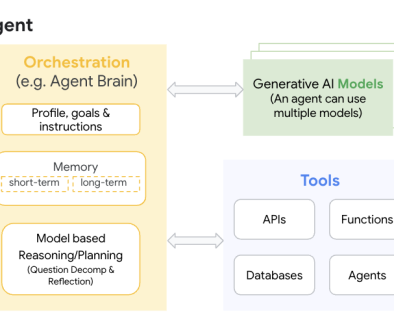GCP – Looker developers gain speed and accuracy with debut of Continuous Integration
With more than a thousand connected data sources available out-of-the-box and an untold number of custom tools, developers rely on Looker’s cloud-first, open-source-friendly model to create new data interpretations and experiences. Today, we are taking a page from modern software engineering principles with our launch of Continuous Integration for Looker, which will help speed up development and help developers take Looker to new places.
As a developer, you rely on your connections to be stable, your data to be true, and for your code to run the same way every time. And when it doesn’t, you don’t want to spend a long time figuring out why the build broke, or hear from users who can’t access their own tools.
Continuous Integration for Looker helps streamline your code development workflows, boost the end-user experience, and give you the confidence you need to deploy changes faster. With Continuous Integration, when you write LookML code, your dashboards remain intact and your Looker content is protected from database changes. This helps to catch data inconsistencies before your users do, and provides access to powerful development validation capabilities directly in your Looker environment.
With Continuous Integration, you can automatically unify changes to data pipelines, models, reports, and dashboards, so that your business intelligence (BI) assets are consistently accurate and reliable.
Continuous Integration in Looker checks your downstream dependencies for accuracy and speeds up development.
Developers benefit from tools that help them maintain code quality, ensure reliability, and manage content effectively. As Looker becomes broadly adopted in an organization, with more users creating new dashboards and reports and connecting Looker to an increasing number of data sources, the potential for data and content errors can increase. Continuous Integration proactively tests new code before it is pushed to production, helping to ensure a strong user experience and success.
Specifically, Continuous Integration in Looker offers:
-
Early error detection and improved data quality: Minimize unexpected errors in production. Looker’s new Continuous Integration features help LookML developers catch issues before new code changes are deployed, for higher data quality.
-
Validators that:
-
Flag upstream SQL changes that may break Looker dimension and measure definitions.
-
Identify dashboards and Looks that reference outdated LookML definitions.
-
Validate LookML for errors and antipatterns as a part of other validations.
Enhanced developer efficiency: Streamline your workflows and integrate Continuous Integration pipelines, for a more efficient development and code review process that automatically checks code quality and dependencies, so you can focus on delivering impactful data experiences.
Increased confidence in deployments: Deploy with confidence, knowing your projects have been thoroughly tested, and confident that your LookML code, SQL queries, and dashboards are robust and reliable.
Continuous Integration flags development issues early.
Manage Continuous Integration directly within Looker
Looker now lets you manage your continuous integration test suites, runs, and admin configurations within a single, integrated UI. With it, you can
-
Easily monitor the status of your Continuous Integration runs and manage your test suites directly in Looker.
-
Leverage powerful validators to ensure accuracy and efficiency of your SQL queries, LookML code, and content.
-
Trigger Continuous Integration runs manually or automatically via pull requests or schedules whenever you need them, for control over your testing process.
In today’s fast-paced data environment, speed, accuracy and trust are crucial. Continuous Integration in Looker helps your data team promote developmental best practices, reduce risk of introducing errors in production, and increase your organization’s confidence in its data. The result is a consistently dependable Looker experience for all users, including those in line-of-business, increasing reliability across all use cases. Continuous Integration in Looker is now available in preview. Explore its capabilities and see how it can transform your Looker development workflows. For more information, check our product documentation to learn how to enable and configure Continuous Integration for your projects.
Read More for the details.




